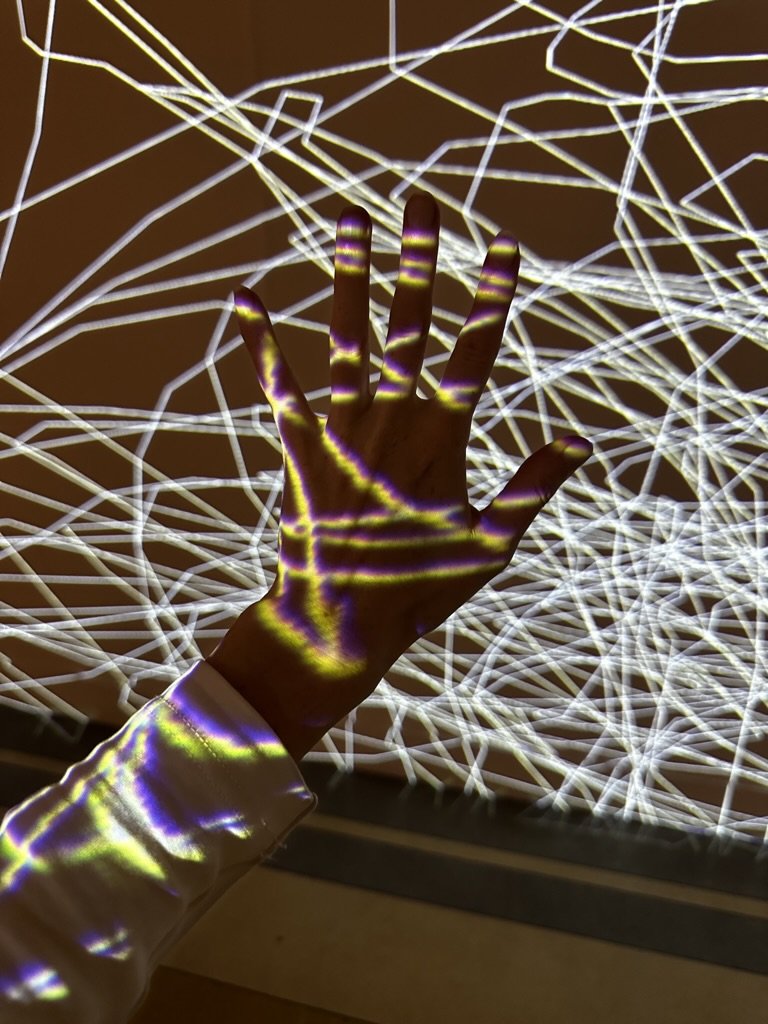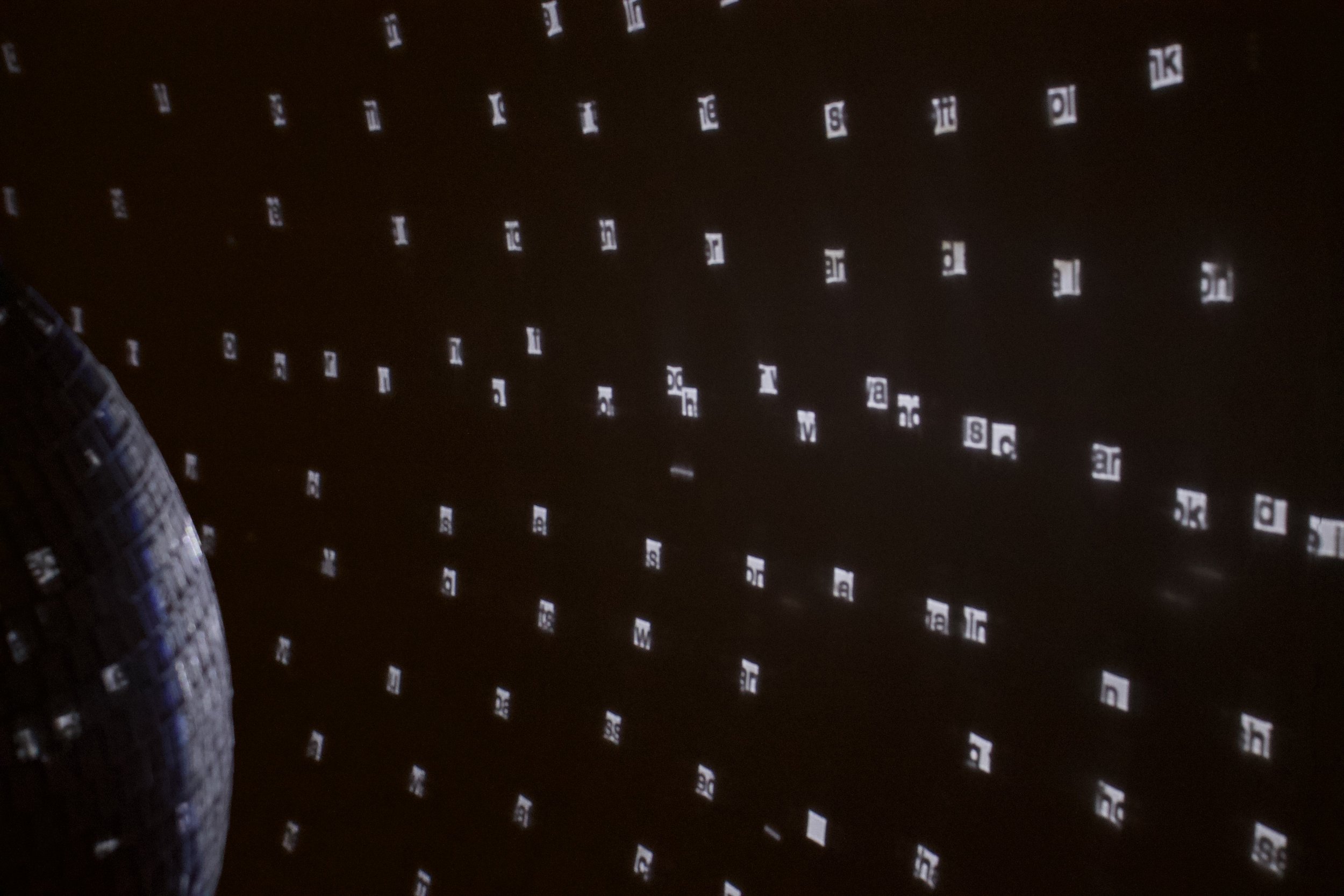
reasonable wear and tear




Dance has been the only consistent creative act I’ve been able to do regardless of where I am. Under the watchful eye of a landlord’s definition of ‘reasonable wear and tear’, I began to wonder what kind of material impact - if any - my dancing could feasibly leave in a lived environment. This work is the result of that enquiry.
It is no coincidence that numerous cultures throughout human existence have attempted to ban or restrict dance. It is a powerful force, integral to personal expression, connection, and resilience. Despite its social significance, it leaves very little material trace. This work is an attempt to create physical and visual records of dance to memorialise and materialise its significance.
My work is heavily informed by my background in archaeology, which accepts the inevitability of our brief time on earth, while honouring how we spend that time - from the mundane to the monumental. Inspired by Tim Ingold’s research into the relationship between art, archaeology, architecture, and anthropology, this work attempts to record the ways in which we impact, and the ways in which we are impacted by, our lived environments.
Dance, for me, also symbolises a sense of vitality and physical presence. Experiencing a significant loss at an early age has instilled a sense of life being brief, and heightened my interest in what we leave behind. It is the sense of life being fleeting that underpins my desire to record time; it is the sense of physical impermanence that makes me want to see my impact in material.
In an effort to untangle dance from the judgements and gazes of others, the work does not use video or photographic representations of dance or dancers. Instead, it uses a variety of sculptural media to record dance by abstract means. Rather than focusing on what dance looks like, the work focuses on what dance is: a creative, connecting act, one that captures much of what it means to be alive.
The work on display in this show included the last remaining square of dance floor used in the Beach Ballroom in Aberdeen from 1955 - 2010 cast into bronze, a dance recorded in unfired porcelain clay, a disco ball inscribed with a personal essay, and projections of line drawings made using data collected while dancing.
Drawings made by dancing: data collected by motion sensor worn while dancing and visualised as line drawing.